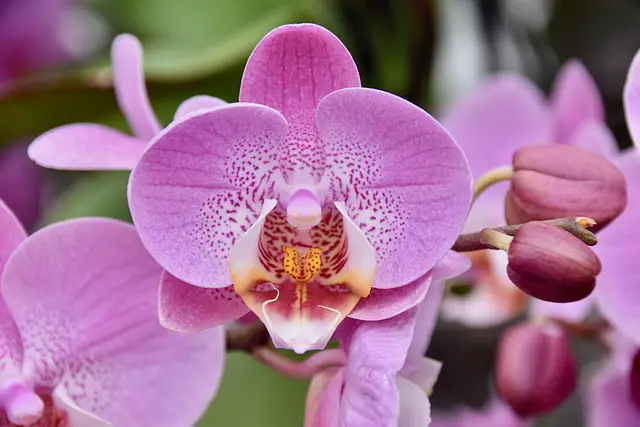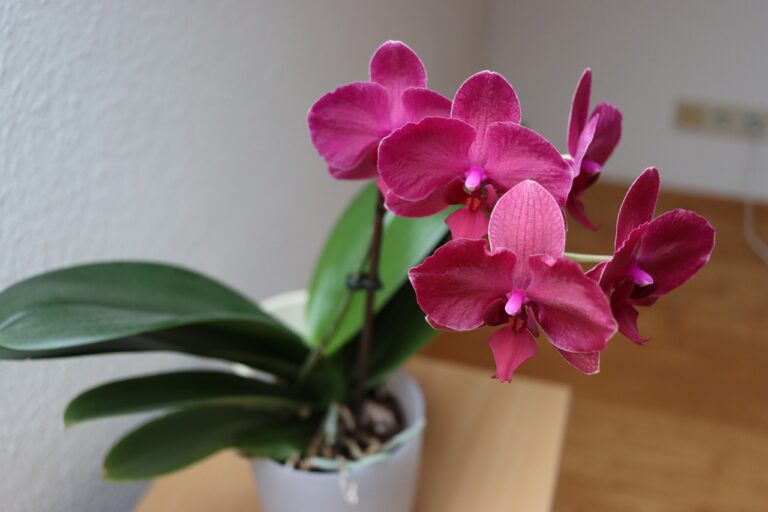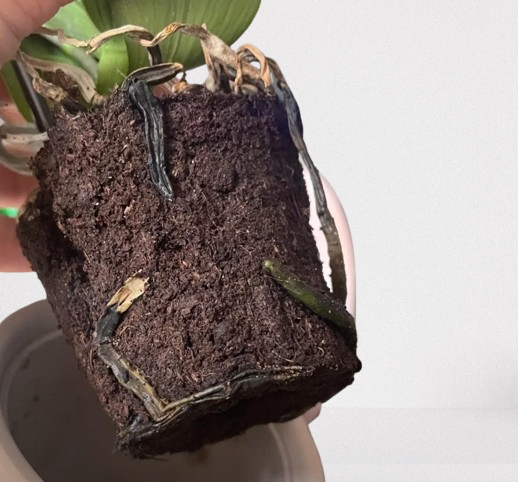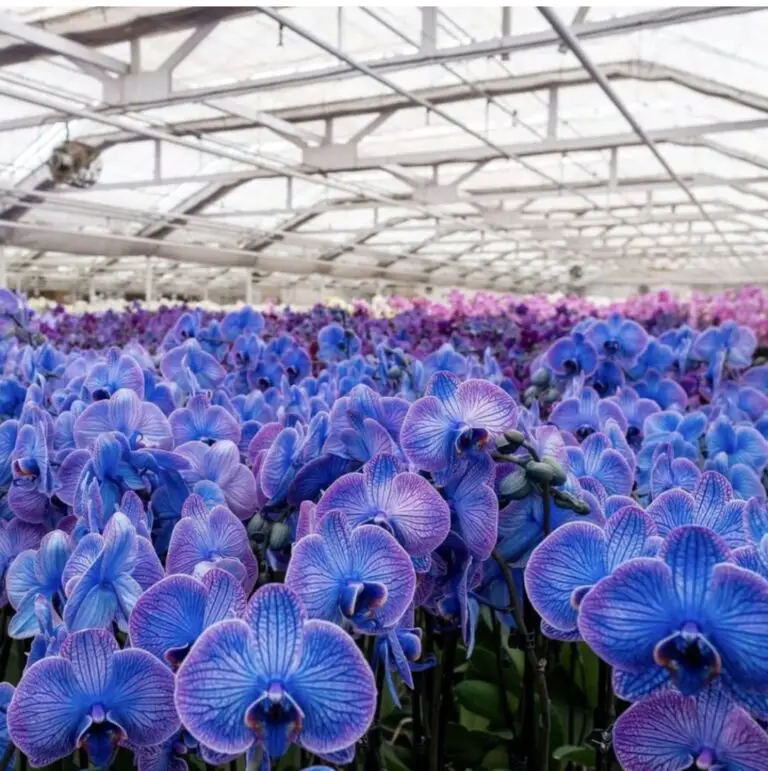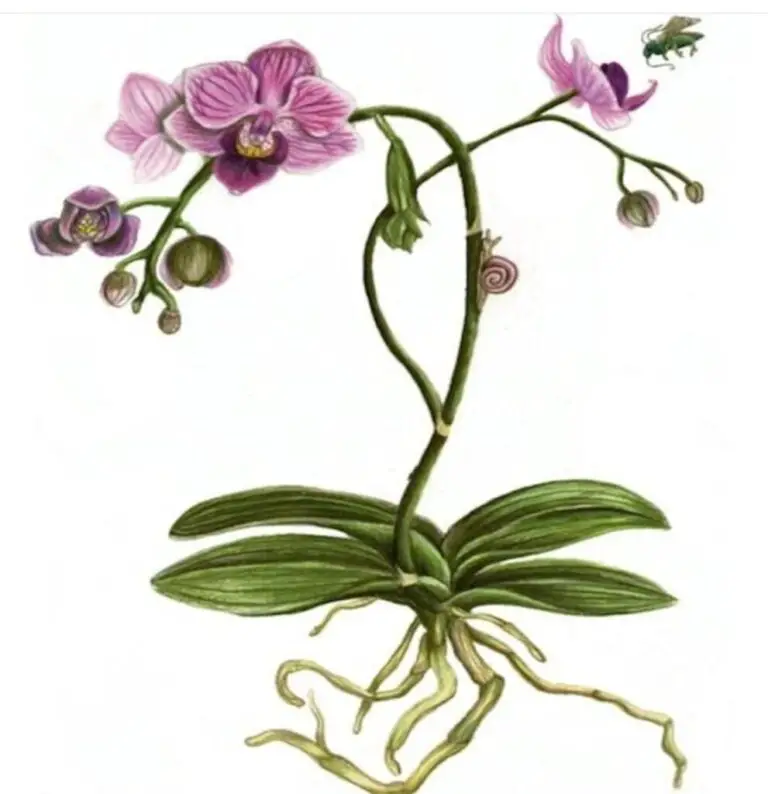White orchids are among the most elegant and captivating flowering plants you can grow at home. With their pristine petals and graceful presence, a white orchid adds a touch of sophistication to any room, making it a favourite for both experienced plant lovers and beginners alike. Their beauty, however, comes with a reputation for being delicate — but with the right care, white orchids are surprisingly resilient and rewarding.
Whether you’ve just brought home your first white orchid or have a few sitting on your windowsill, knowing how to properly care for them is essential to keeping them healthy and blooming beautifully. Unlike typical houseplants, orchids have specific needs when it comes to light, water, temperature, and repotting. But once you understand the basics, caring for a white orchid becomes an enjoyable and fulfilling routine.
This guide covers 20 of the best tips to help your white orchid thrive at home. From creating the perfect environment to mastering watering and feeding schedules, each tip is designed to help you nurture vibrant leaves and long-lasting blooms. These techniques are easy to apply and suitable for any skill level, making them perfect for beginners and seasoned orchid growers alike.
Whether you’re growing white orchids for their symbolism, decor appeal, or simply to challenge your gardening skills, this article will give you the confidence and knowledge to make your plant flourish. Let’s dive into the ultimate care tips that will help you unlock the full beauty of your white orchid — right from the comfort of your home.
- 1 Understanding White Orchids
- 2 1. Know Your Orchid Type
- 3 2. White Orchid Symbolism
- 4 Best 20 White Orchid Care Tips
- 5 3. Provide Bright, Indirect Light
- 6 4. Avoid Harsh Sunlight to Prevent Leaf Burn
- 7 5. Rotate the Pot for Even Growth
- 8 6. Water Once a Week – Don’t Overdo It
- 9 7. Use Room-Temperature Water Only
- 10 8. Increase Humidity with a Tray or Humidifier
- 11 9. Maintain 65–75°F (18–24°C).
- 12 10. Avoid Cold Drafts or Sudden Temp Changes
- 13 11. Ensure Good Air Circulation Around the Plant
- 14 12. Use Well-Draining Orchid Mix
- 15 13. Repot Every 1–2 Years
- 16 14. Choose a Clear Pot to Monitor Roots
- 17 15. Feed Monthly with Orchid-Specific Fertiliser
- 18 16. Reduce Feeding in Winter Months
- 19 17. Cut Spikes After Bloom Ends (Just Above Node)
- 20 18. Remove Dead or Yellow Leaves Regularly
- 21 19. Watch for Mealybugs and Treat Immediately
- 22 20. Disinfect Tools to Prevent Infections
- 23 FAQS
Understanding White Orchids

1. Know Your Orchid Type
Most white orchids belong to the Phalaenopsis species, known for their ease of care and long-lasting blooms. Identifying your orchid type is crucial, as care requirements can vary slightly between species. Understanding the specific variety ensures you meet its exact light, water, and temperature needs for optimal growth.
2. White Orchid Symbolism
In many civilisations, white orchids are a symbol of spiritual beauty, elegance, and purity. They’re often used in weddings and as thoughtful gifts. Knowing their symbolic meaning enhances the joy of growing them, making care more meaningful. These orchids not only beautify your home but also bring a sense of peace and grace.
Best 20 White Orchid Care Tips
3. Provide Bright, Indirect Light
White orchids flourish in bright, indirect sunlight. Direct exposure can scorch the leaves, while too little light can prevent blooming. Place your orchid near an east- or north-facing window with filtered light. Proper lighting is one of the most critical elements for ensuring healthy growth and vibrant flowers.
4. Avoid Harsh Sunlight to Prevent Leaf Burn
Avoid placing your white orchid where midday sun hits directly, especially through glass windows. The intense rays can damage leaves, causing brown or yellow spots. Use sheer curtains or move the plant to a more shaded area during peak daylight to protect its delicate foliage and overall health.
5. Rotate the Pot for Even Growth
Rotating your orchid pot every few days ensures balanced exposure to light, promoting even growth on all sides. This helps prevent your plant from leaning toward the light source and encourages symmetrical blooming. Consistent rotation also keeps the roots and leaves healthy by reducing stress on one side.
6. Water Once a Week – Don’t Overdo It
Overwatering is a common mistake. Water your white orchid once a week or when the potting mix feels dry about an inch deep. Avoid letting the plant sit in water. A good rule is to soak thoroughly, let excess water drain, and ensure roots get moisture without suffocating.
7. Use Room-Temperature Water Only
Extreme water temperatures can shock the roots. Always use lukewarm or room-temperature water when watering your orchid. Cold water can stress the plant, while hot water may scald its delicate root system. Let tap water sit for a few hours if possible, allowing chemicals like chlorine to dissipate.
8. Increase Humidity with a Tray or Humidifier
White orchids love a humid environment. If your home is dry, especially in winter, place a humidity tray filled with pebbles and water beneath the pot or use a humidifier. Proper humidity helps prevent leaf dehydration, supports healthy root function, and extends the lifespan of orchid flowers.
9. Maintain 65–75°F (18–24°C).
The ideal temperature range for orchids is 65 to 75°F during the day and a little lower at night. Keep them away from heat vents or air conditioners. Stable temperatures encourage strong roots and frequent blooming. If temperatures fluctuate too much, your orchid might drop buds or show signs of stress in the leaves.
10. Avoid Cold Drafts or Sudden Temp Changes
Flowers may drop or wilt as a result of shock from sudden cold draughts from windows or open doors. Keep your orchid in a draught-free area and avoid placing it near appliances that generate heat or cold. Orchids appreciate consistency in temperature for sustained health and flowering cycles.
11. Ensure Good Air Circulation Around the Plant
Good airflow reduces the risk of mould, rot, and fungal diseases. Avoid stagnant air by spacing your orchids and placing them in areas with gentle, natural ventilation. A small fan on a low setting nearby can also help if your growing space lacks fresh airflow, especially in humid climates.
12. Use Well-Draining Orchid Mix
Regular potting soil is too dense for orchids. Make use of a specific orchid mix that includes moss, perlite, and bark to ensure enough drainage and airflow. This mix mimics their natural habitat, supporting root health and preventing moisture-related issues like root rot, which is a leading cause of orchid decline.
13. Repot Every 1–2 Years
Orchids should be repotted every 1 to 2 years, ideally after blooming. This refreshes the growing medium, removes decaying material, and gives roots more space. Repotting also lets you check for root health and trim any dead or mushy roots. Always use a clean pot and sterile tools.
14. Choose a Clear Pot to Monitor Roots
Clear pots allow light to reach the roots and help you monitor their health. Healthy orchid roots are green or silvery-white. If you notice roots turning brown or mushy, it’s a sign of overwatering or poor drainage. Transparent pots also make it easier to know when to water.
15. Feed Monthly with Orchid-Specific Fertiliser
Make use of a water-soluble, balanced fertiliser designed specifically for orchids. Throughout the growing season, use it every two to four weeks. “Weakly, weekly” is an excellent rule to follow; dilute the fertiliser to half strength. Strong root development and constant flowering are encouraged by proper feeding without overfeeding the plant.
16. Reduce Feeding in Winter Months
Orchids naturally slow their growth in winter. Reduce or stop fertilising during this dormant period to avoid overfeeding, which can lead to salt build-up in the potting medium. Resume regular feeding in spring when you see new growth emerging from the base of the plant or flower spike.
17. Cut Spikes After Bloom Ends (Just Above Node)
Once the flowers fall off, trim the spike just above a node or the base depending on its condition. This encourages a second bloom from the same spike or directs energy to new growth. Use sterilised scissors to avoid spreading disease, and don’t worry — new spikes will grow!
18. Remove Dead or Yellow Leaves Regularly
Gently remove any dried, yellowed, or damaged leaves to keep your orchid tidy and healthy. This prevents disease and redirects the plant’s energy to blooming and root development. To ensure a tidy and secure removal, always use clean scissors and cut around the base of the leaves to prevent tearing.
19. Watch for Mealybugs and Treat Immediately
On leaves and stems, mealybugs resemble white, cottony masses. They can impede growth and consume plant sap. Neem oil or insecticidal soap can be used to quickly eradicate infestations. Examine new plants before adding them to your collection to keep it healthy, and isolate diseased orchids to stop them from spreading.
20. Disinfect Tools to Prevent Infections
Before pruning, always sanitise your scissors or other cutting implements. Orchids are sensitive to bacteria and fungi, which can spread easily through contaminated tools. Use rubbing alcohol or boil tools before and after use. This simple habit protects your orchid from harmful pathogens and promotes long-term health.
With consistent care and attention to detail, white orchids can reward you with breathtaking blooms year-round. These 20 tips cover everything from light and watering to pests and pruning. Apply them regularly, and your orchid will not only survive — it will thrive. Ready to grow your most beautiful orchid yet?
FAQS
How do I fertilize white orchids properly?
Fertilizing is a key step in white orchid care. Use a balanced, water-soluble orchid fertilizer once every two weeks during the growing season. Reduce feeding during the dormant period. Proper fertilization ensures that your white orchid care routine provides all essential nutrients for vibrant blooms.
Can white orchids be repotted, and when should it be done?
Repotting is important in long-term white orchid care. It’s best to repot every 1–2 years, preferably after blooming. Choose a fresh orchid mix and a slightly larger pot. Repotting helps refresh the growing medium, improves drainage, and keeps your white orchid care routine effective and plant-friendly.
How do I encourage blooming in white orchids?
To promote blooms, white orchid care must include proper lighting, feeding, and temperature regulation. Orchids often rebloom after a rest period. Ensure your orchid gets cooler night temperatures and enough indirect sunlight. Consistent white orchid care will reward you with beautiful, long-lasting flowers each season.
12. Is pruning necessary in white orchid care?
Yes, pruning is essential in white orchid care. Removing dead or damaged leaves, spent flower spikes, and unhealthy roots encourages new growth and prevents disease. Always use clean, sterilized tools. Pruning as part of your white orchid care routine promotes a healthier, longer-living orchid.
Can I grow white orchids outdoors?
White orchid care can be successful outdoors in mild, humid climates. However, avoid direct sunlight and extreme temperatures. Place them in shaded areas with good airflow. For optimal white orchid care, bring them indoors when the temperature drops below 55°F to prevent cold damage and stress.

